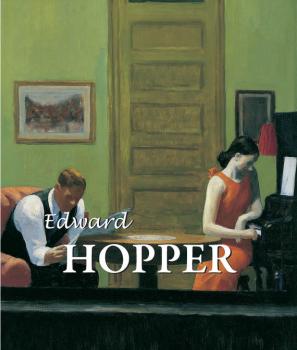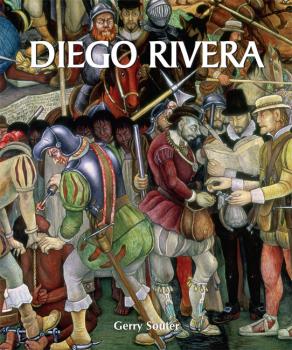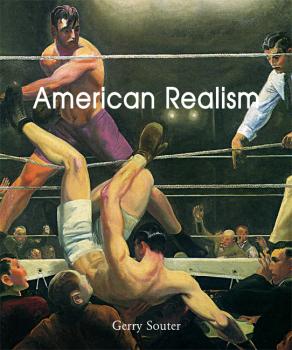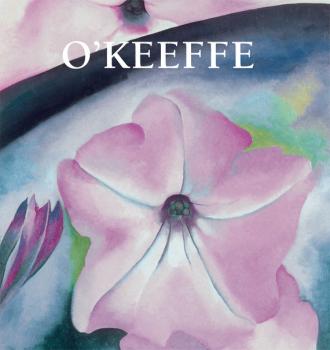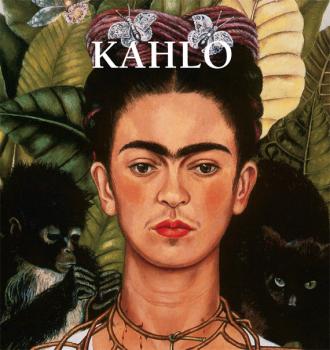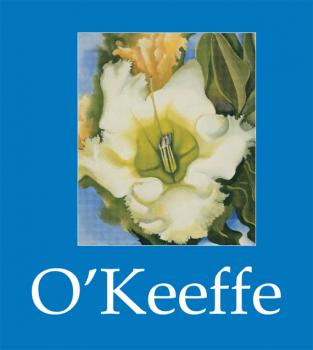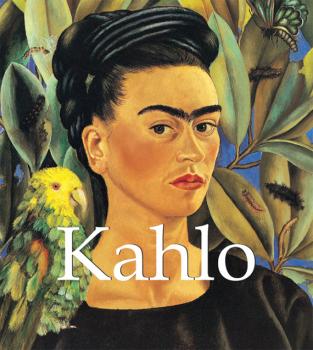ТОП просматриваемых книг сайта:
Gerry Souter
Список книг автора Gerry SouterАннотация
Информация о книге
Автор произведения Gerry Souter
Жанр Изобразительное искусство, фотография
Серия Best of
Аннотация
Информация о книге
Автор произведения Gerry Souter
Жанр Изобразительное искусство, фотография
Серия Temporis
Аннотация
Информация о книге
Автор произведения Gerry Souter
Жанр Изобразительное искусство, фотография
Серия Temporis
Аннотация
Информация о книге
Автор произведения Gerry Souter
Жанр Изобразительное искусство, фотография
Серия Temporis
Аннотация
Информация о книге
Автор произведения Gerry Souter
Жанр Изобразительное искусство, фотография
Серия Temporis
Аннотация
Информация о книге
Автор произведения Gerry Souter
Жанр Изобразительное искусство, фотография
Серия Perfect Square
Аннотация
Информация о книге
Автор произведения Gerry Souter
Жанр Изобразительное искусство, фотография
Серия Perfect Square
Аннотация
Информация о книге
Автор произведения Gerry Souter
Жанр Изобразительное искусство, фотография
Серия Mega Square
Аннотация
Информация о книге
Автор произведения Gerry Souter
Жанр Изобразительное искусство, фотография
Серия Mega Square
Аннотация
Информация о книге
Автор произведения Gerry Souter
Жанр Изобразительное искусство, фотография
Серия Mega Square

